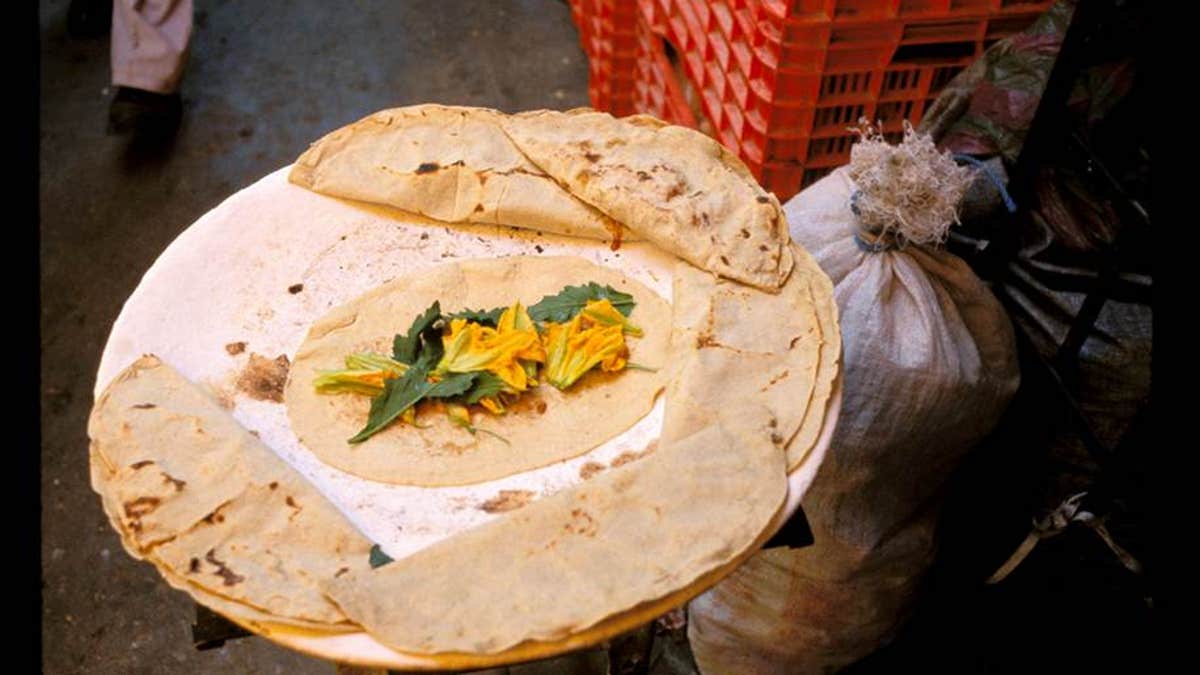
When people ask me about the most memorable dish I ever ate, for some inexplicable reason I wax poetic about a squash blossom stuffed with wild Provence mushrooms that I had at the charming Moulin de Mougins, in the inland French Riviera. Then again, probably any dish created by the legendary and gorgeous Roger Verge would be unforgettable.
This reminds of the story of a trip that Jamie, my late companion, made to Roger’s restaurant with Gael Greene, long-time food critic for New York Magazine many years ago. Roger proudly served her the first spring white asparagus from his garden. Gael was expecting something a little more exciting and supposedly commented, “I came all this way and he serves me asparagus.” It was along time ago and people expected fireworks in every bite.
For me, now, the first trip to the greenmarket in early spring is always thrilling. We see the different vegetables start making their entrance and we’ve learned to eat seasonally . When I first moved to New York City there were no greenmarkets and there was little diversity in the produce. There were three kinds of potatoes in the supermarket: yellow, red and brown. Three kinds of apples: green, red and yellow. Now we have 20 varieties of potatoes, 20 kinds of apples and a mind-boggling variety of vegetables. We owe this wealth of biodiversity in great part to Hilary Baum, daughter of legendary restaurateur Joe Baum, who became active in the greenmarket movement in 1983 or so. My son Aaron’s first job at the tender age of 9 was at the greenmarket on 76th Street and Columbus.
This year, spring was late so ramps came in with less fanfare than usual. I usually tire of these baby leeks before the vendors start announcing that this is the last batch for the season. After all, how many limp baby leeks can you eat? This year squash blossoms closely followed and I rejoiced.
Everybody talks about the importance of sustainability as if the concept had been invented in this country, but Mexicans have been using every part of the plant for centuries. In central and southern Mexico, squash is used in many ways, for example. The tendrils and leaves go into soups such as the sopa de guias (pumpkin vine soup); the squash itself is candied, roasted, baked, mashed or mixed with masa for tamales or other corn pastries. The seeds are roasted, seasoned with salt or chile-limon powder for a healthful snack now that salt is back in favor.
Though my mother was a very inventive cook, I only remember eating squash blossoms in soups. In Oaxaca, I had them not only in soups, but also in these wonderful quesadillas on the big tortillas called clayudas, and even stuffed within tamales. When I want a very special treat, I fry them until crisp and eat them like chicharrones. But my preference is to fill them with a mixture of queso fresco or queso panela, if available, a lightly beaten egg, grated cotija cheese and some chopped cilantro or parsley. I either coat them in bread crumbs and pan fry them or simmer them in a flavorful stock, and voilà dinner is ready!
Award-winning restaurateur Zarela Martinez blogs at Zarela.com. You can also check out her how-to videos on YouTube.
Follow us on twitter.com/foxnewslatino
Like us at facebook.com/foxnewslatino
